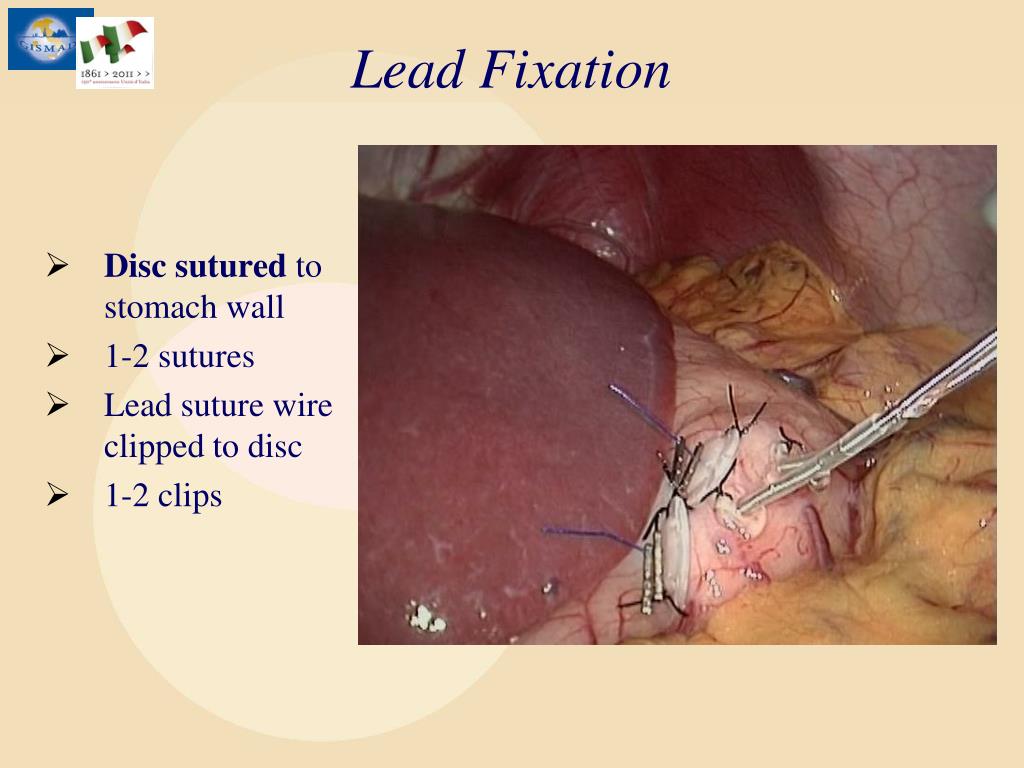


At the angle where these two bony landmarks join, the examiner should feel a small depression ( Figs. The anterosuperior border of the zygoma and the posterior orbital rim are identified by palpation. The patient is placed in the supine position with the cervical spine in the neutral position. Waldman MD, JD, in Atlas of Interventional Pain Management, 2021 Landmark and Nerve Stimulator-Guided Technique Note: The MRI guidelines provided here may significantly extend the MRI examination time or prevent some types of MRI examinations from being conducted on Activa patients. Discontinue the MRI immediately if the patient becomes unresponsive to questions or experiences any heating, pain, shocking sensations/uncomfortable stimulation, or unusual sensations. Verify that the patient is feeling normal and is responsive between each individual scan sequence of the MRI examination. Monitor the patient during the MRI examination. If possible, do not sedate the patient so that the patient can provide feedback of any problems during the examination. Image quality during MRI examinations may be reduced, because the tremor may return when the neurostimulator is turned off. Ĭarefully weigh any decision to perform magnetic resonance imaging (MRI) examinations on patients who require the neurostimulator to control tremor.Do not remove the neurostimulator and leave the lead system implanted as this can result in higher than expected lead heating. If the MRI targeted image area is near the neurostimulator, it may be necessary to move the neurostimulator to obtain an image, or use alternate imaging techniques. MRI images may be severely distorted or image target areas can be completely blocked from view near the implanted Activa System components, especially near the neurostimulator. If damaged, the neurostimulator must be replaced.

If reset, the neurostimulator must be reprogrammed. The neurostimulator, especially those without filtered feedthroughs such as the Itrel II Model 7424, may be reset or potentially damaged when subjected to an MRI examination. It is expected that the Axonics device will receive FDA approval in 2019. In Europe, the new rechargeable neuromodulator from Axonics received the CE Mark in 2016. An additional advantage of the rechargeable device is that it can be switched to the Medtronic lead via an extension cable when the Interstim II battery is empty. The use of a current driven stimulation protocol results in fewer adjustments of the stimulation parameters than a voltage-driven stimulation protocol as with the Interstim II neurostimulator. It is claimed that this rechargeable neurostimulator can last for more than 15 years. These results are comparable with the Interstim therapy in patients with OAB. Clinical results after 3 months for the treatment of OAB in 51 patients demonstrated success in 73% after implantation of the complete device without prior test stimulation ( Blok, 2017 Blok et al., 2018a,b). The need for different stimulation protocols such as intermittent and closed loop stimulation to save battery life becomes less obvious with the recent introduction of a rechargeable current driven neurostimulator by Axonics. Partin MD, PhD, in Campbell-Walsh-Wein Urology, 2021 Rechargeable Neurostimulator


 0 kommentar(er)
0 kommentar(er)
